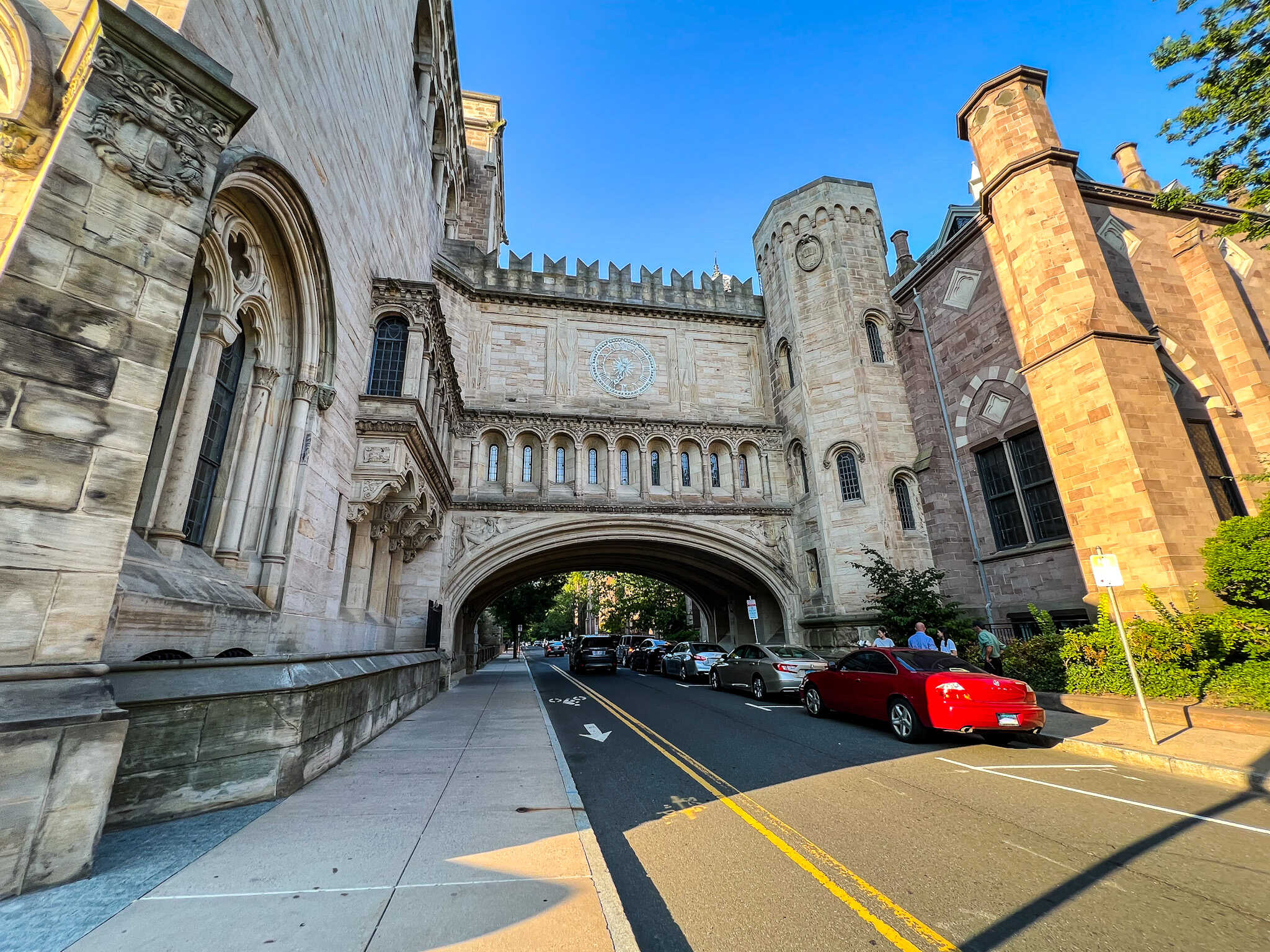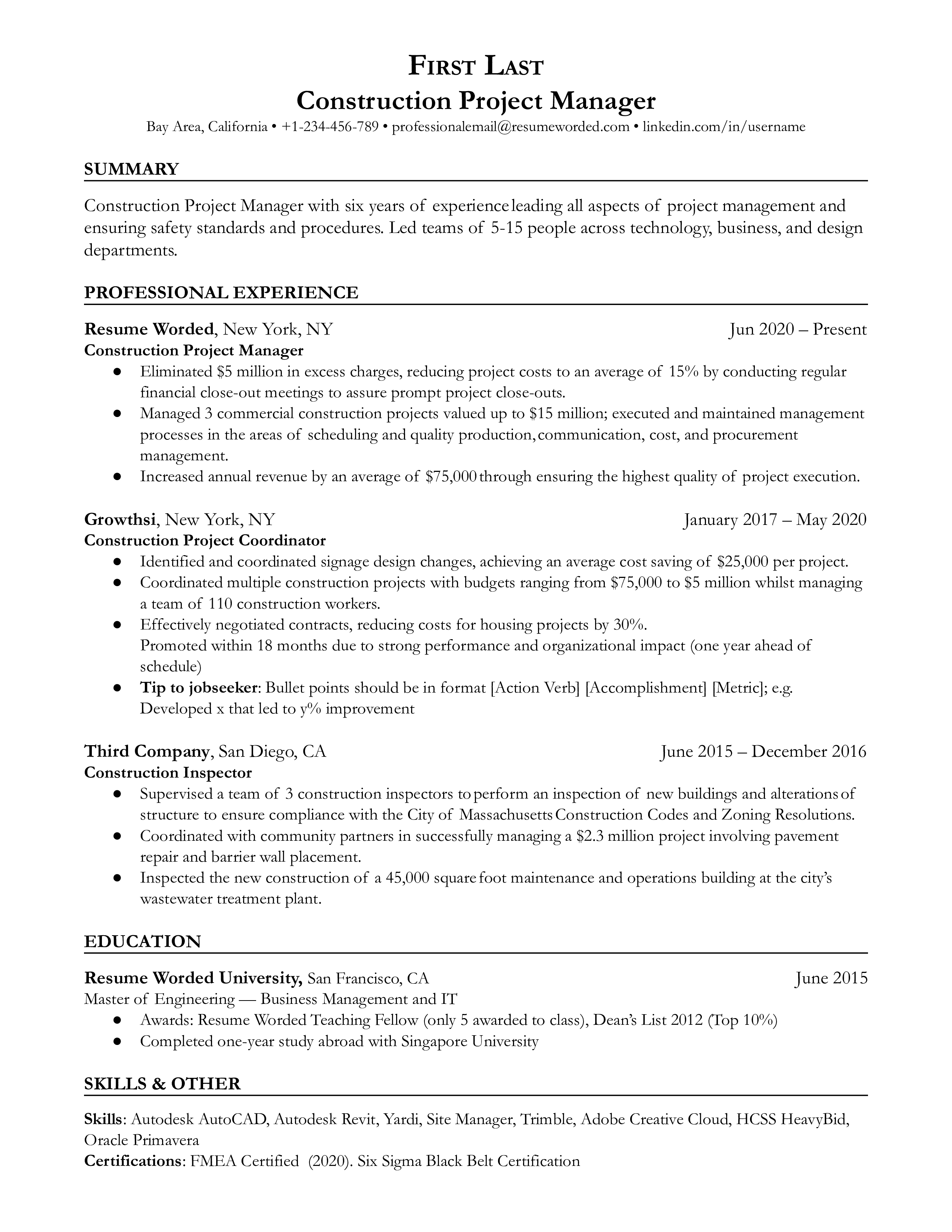Tint Windows: Complete Pricing Guide
The world of window tinting is a fascinating one, filled with a multitude of benefits that range from heat reduction and UV protection to enhanced aesthetics and increased privacy. For vehicle owners and homeowners alike, deciding to tint windows is a significant decision, often influenced by a variety of factors including climate, personal style, and budget. At the heart of this decision-making process lies the all-important question of cost. How much does it really cost to tint windows, and what factors influence these costs? Let’s delve into a comprehensive exploration of window tinting prices, examining the intricacies of costs for both vehicles and residential windows, as well as the factors that affect these prices.
Understanding Window Tinting
Before diving into the pricing, it’s essential to understand the basics of window tinting. Window tint is a thin laminate film that can be applied to the interior of glass surfaces in vehicles, homes, and even commercial buildings. Its primary function is to block sunlight, reducing heat gain in the summer and heat loss in the winter, and to filter out harmful ultraviolet (UV) rays that can cause fading of upholstery and skin damage. Over the years, technology has advanced, and today’s window tints come in a wide range of shades, from lightly tinted to nearly opaque, with varying levels of UV protection and heat rejection.
Costs Associated with Vehicle Window Tinting
The cost of tinting vehicle windows can vary widely depending on several factors, including the type of vehicle, the size of the windows, the type of tint used, and the location where the tinting service is provided. Generally, the cost can range from a few hundred dollars for a small vehicle with basic tint to over a thousand dollars for a large vehicle with high-end tint.
- Sedans and Small Vehicles: For sedans and other small vehicles, the average cost for a complete tint job can range from 200 to 500. This usually includes the front two side windows, the rear side windows, and the rear windshield.
- SUVs and Trucks: SUVs and trucks, due to their larger size, can cost between 300 to 700 for a standard tint job.
- Luxury Vehicles: For luxury vehicles, where often higher-end tints are used for better performance and appearance, costs can range from 500 to over 1,000.
Costs Associated with Residential Window Tinting
Residential window tinting costs are typically calculated by the square foot of window space that needs to be covered. The cost per square foot can range from 2 to 10 or more, depending on the type of film and its features. For a standard home, the cost can range from a few hundred dollars to several thousand dollars.
- Standard Homes: For smaller homes with fewer windows, costs can start at around 200 to 500 for basic tinting needs.
- Larger Homes: Larger homes with more windows can expect costs ranging from 500 to 2,000 or more, depending on the complexity of the job and the type of film used.
- High-End Tints: For home owners opting for high-end tints with advanced features such as low-e (low emissivity) films for greater energy efficiency, costs can increase significantly, potentially exceeding $5,000 for larger homes.
Factors Influencing Window Tint Costs
Several factors can significantly influence the final cost of window tinting, whether for vehicles or homes. Understanding these factors can help individuals better estimate the costs and make informed decisions.
- Type of Tint: The most significant factor is the type of tint film used. Basic dyed films are the least expensive, while metallic and ceramic films offer better performance but at a higher cost.
- Size of Windows: Larger windows, or more windows, naturally increase the total cost.
- Location: Labor costs vary by location, with urban areas typically being more expensive than rural areas.
- Professional Installation: While DIY kits are available, professional installation is generally recommended for optimal results and warranty validation, adding to the overall cost.
- Brand and Quality: High-quality tints from reputable brands can cost more but offer better durability and performance.
Conclusion
Window tinting is a versatile solution that offers numerous benefits, from energy efficiency and UV protection to enhanced privacy and aesthetic appeal. While costs can vary widely based on several factors, including the type of tint, vehicle or home size, and location, a well-informed decision can lead to significant long-term savings and improvements in comfort and well-being. By understanding the intricacies of window tinting costs and considering personal needs and priorities, individuals can make the best choice for their situation, ensuring that their window tinting investment provides value for years to come.
Frequently Asked Questions
What are the primary benefits of window tinting?
+The primary benefits of window tinting include heat reduction, UV protection, enhanced aesthetics, increased privacy, and potential energy savings.
How long does window tinting last?
+The lifespan of window tinting can vary from 5 to 20 years, depending on the quality of the tint, exposure conditions, and maintenance.
Can I tint my windows myself, or is professional installation necessary?
+While DIY kits are available, professional installation is generally recommended for optimal results, warranty validation, and to ensure the job is done correctly and efficiently.
Are there any legal restrictions on window tinting for vehicles?
+Yes, there are legal restrictions on window tinting for vehicles that vary by state and country. It's crucial to check local laws before applying any tint to ensure compliance and avoid potential fines.
By considering these aspects and understanding the complete pricing guide for window tinting, individuals can embark on their tinting journey with confidence, knowing they’re making an informed decision that meets their specific needs and enhances their living or driving experience.


